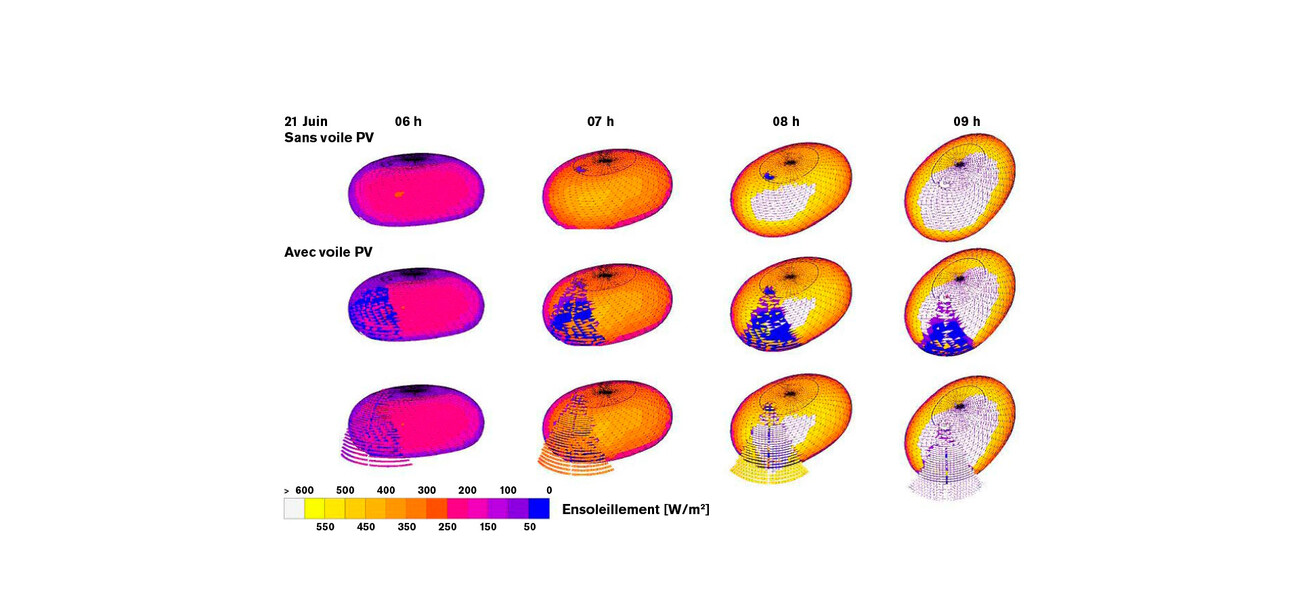La Seine Musicale, Boulogne-Billancourt, France


Located on an exceptional site, along the Seine river, this new cultural facility dedicated to music suggests an iconic architecture, that is full part of the urban requalification of a former industrial territory, l’île Seguin. The complex consists mainly of music halls, in particular an auditorium with 1100 seats and a concert hall for 4000 - 6000 spectators depending on the configuration, where a large variety of events will take place. La Seine Musicale is also hosting Insula Orchestra, la Maîtrise des Hauts-de-Seine (Paris National Opera Children’s Choir), a center for rehearsals and recordings, an administrative section as well as commercial and business spaces, a large lobby and a restaurant.
La Seine Musicale presents a very bold and innovative architecture, embodied by the wooden egg-shaped auditorium, which is covered with a solar ‘sail’ that follows the sun path. Furthermore, the building is characterized by an exceptional acoustics, which is now one of the main references in France. Regarding this issue, balancing the acoustical performance with thermal performance was one of the key challenges of the building design.
Transsolar’s scope of work consisted in tracking environmental performance and energy consumptions, for which a commitment has been signed with the General Council of Hauts-de-Seine. Several thermal dynamic simulations were implemented to optimize the building design and estimate energy consumptions along all phases of project. Furthermore, Transsolar supported the entire HQE certification process during design and construction stages, as well as the organization of the 3 certification audits. It resulted in a very ambitious environmental profile: 11 targets on a Very Performant level out of 14 targets.
The concert halls are conditioned with a displacement ventilation strategy, that ensures an optimal flushing of the air volume resulting in high air quality. Circulation spaces such as the hall and lobby are conditioned with reversible floor activation (heating and cooling).
The façade of the auditorium being exposed to high solar gains, detailed simulations supported the architectural design process to optimize the solar factor depending on the exposure and the slope of the façade elements. The solar ‘sail’ – a photovoltaic veil – follows the sun path and contributes to summer comfort by shading the façade and thus reducing cooling demand.
Energy supply is covered by a connection to the district heating and cooling network IDEX, which is supplied by renewable energies up to 65%. In addition, the solar veil provides photovoltaic energy locally.






